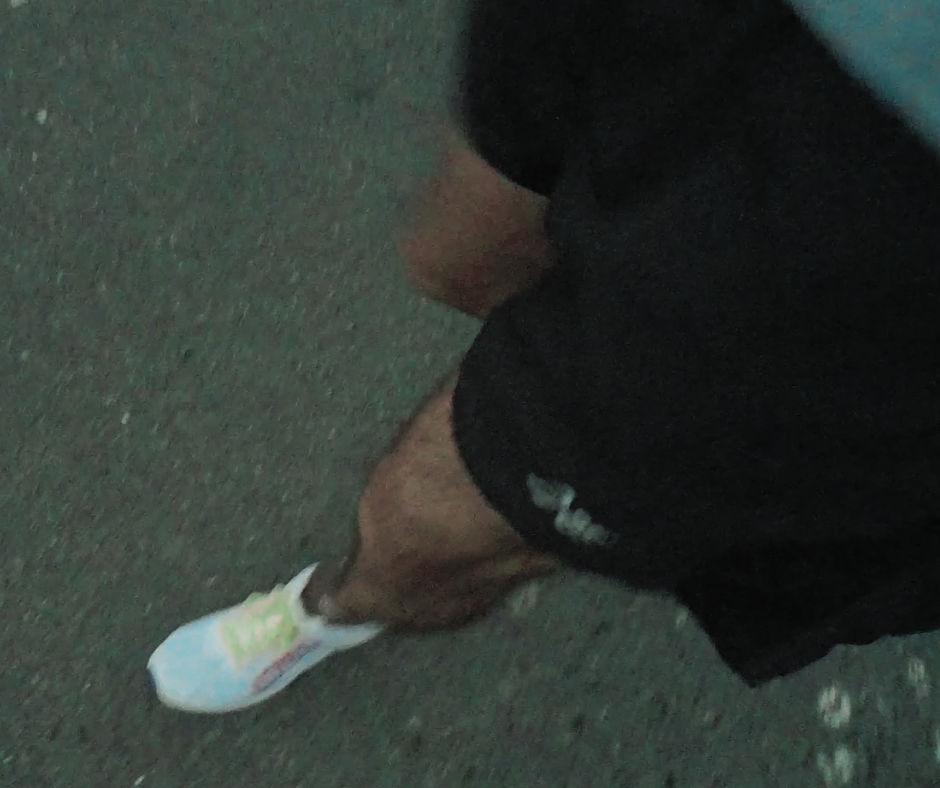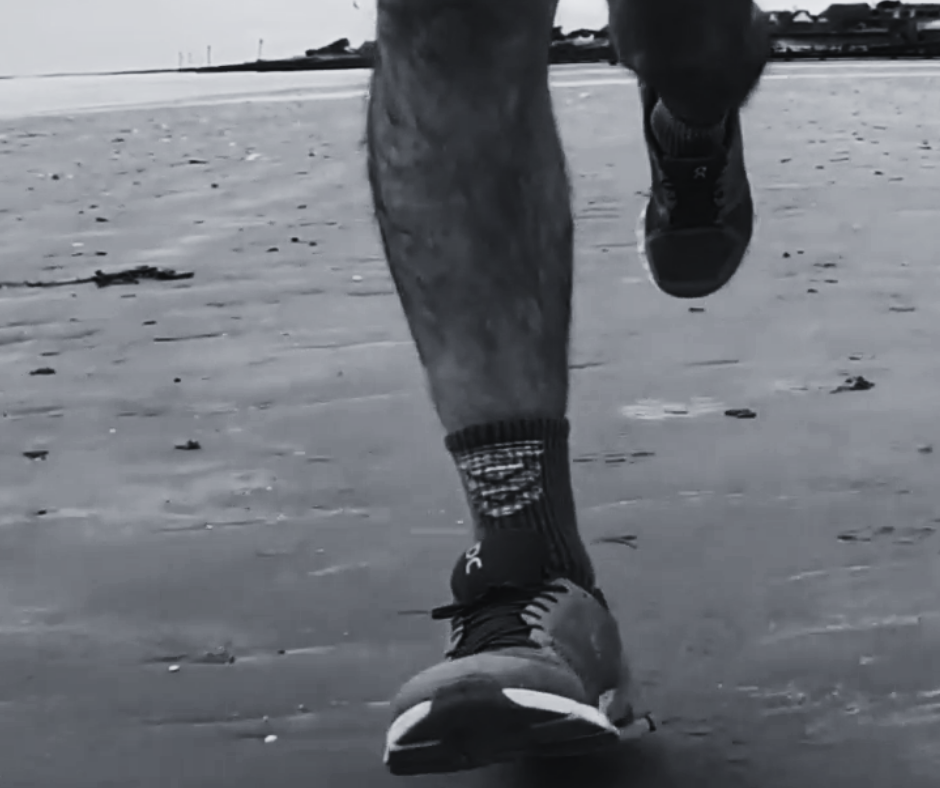I’ve been a runner for many years, but I’ve always been quite cynical about
I think
But over the last couple of years in my running and when coaching other runners, I have started to see the benefits of
I also make sure they are in many of my runner’s training plans
So in this article, I’m going to share with you
- What our
recovery runs are. - Why do
recovery runs matter? - How should you do a
recovery run? - And what pace you should run a
recovery run
So let’s get going discovering more about active

So What Are Recovery Runs?
When Should I Run a Recovery Run?
Well, they’re low-intensity runs, performed at a
So it might be done. Say after you’ve done some hill reps, or tempo work, something that has built up lactic acid in your body.
Are Rest Days The Same As Recovery Runs?
I wouldn’t say I like to look at either as better or worse but more different.
As mentioned,
However, a run is a run and still impacts your body.
That’s why I like one complete day of rest from running; I feel this is beneficial from a running standpoint and excellent from a mental side of the equation.
Having one day where I don’t have to think about running is always pleasant.

Benefits Of Recovery Runs
It Increases Blood Circulation
Now, why would this even matter? Well, there is good evidence that increases blood circulation basically by moving. By moving, you assist in removing waste products within the body, such as lactic acid buildup. Now, this is the big aha moment for me as a runner, because of course, if you take a full rest day, yes, you rest your body, but you don’t move it in the way that you do in a
That enables the waste products in your body to be more efficiently dispensed with, and I felt this had been one of the significant learnings I’ve had from doing
Also, according to Pfitzinger and Douglas, doing
Recovery Runs Increase Endurance
They can also build endurance. I mean, this might seem odd at first but think about it. The difference between doing four days running and having a rest day is that you could do four days running and have a
Plus, it helps build that all-important aerobic capacity that this often built up running easy, so you get two for the price of one…
Improved aerobic capacity and
It’s an excellent complement to your base training.
So many runners don’t understand by building that aerobic base, you are creating and encouraging those slow-twitch muscles that deliver the strength required to keep going at a good pace in long runs such as the half marathon and marathon.
Recovery Runs Get You Used To Run Fatigued
Also, it gets you used to running fatigued because, of course, you’re doing it 24 hours after a higher intensity run. Hence, you get used to running fatigued, which is a good thing when you’re building endurance for things such as half marathons and marathons and beyond. And, of course, it improves
Do Recovery Runs Help With Running Form ?

Another thing I’ve read about, which I’ve never really done myself, is that it can help improve your
I’m not entirely convinced of this because you are much more aware of what you’re doing when running slower. But when you begin to run faster, you tend to change back to the most preferred way of running.
So I’m not entirely convinced that doing
How To Run a Successful Recovery Run
The main thing with a
Measuring Your Recovery With Perceived Effort
You could measure the effort from your rate of perceived exertion. If you use this metric, I would say that you would be looking at about a three out of 10 effort.
Use Heart Rate Zones To Measure Effort.
You could use heart rate zones via a heart rate monitor on your chest or watch to ensure that you’re running at a low intensity, probably zone two.
The only thing I would say, running with a heart rate zone for low-intensity work like this, is this still the risk that you could be running too hard.
So I would prefer to combine this with running using the conversational pace test. So, could you hold a really easy conversation with another person while running a
Using Pace To Control Intensity Of Running.
I am not a massive fan of using pace in itself for easy runs as your body in itself does not recognise pace.
So, for example, running up a hill at one pace is a lot harder than running down the hill at the same pace.
However, the runners I coach have their running zones that I suggest using in tandem with perceived effort.
These pace zones usually are arrived at with the runners doing a benchmark run.
However, you could do something similar using an app such as VDOT
What Duration Should My Recovery Run Be?
You’ve also got to look at the duration of your
For you to run as a runner? I think you’ve got to look at your fitness level at that point. Because, of course, if you’ve never run 40 minutes before, then running a

So I always think a
For me, as someone that trains for marathons, running 40/45 minutes in at a
What Terrain Should A Recovery Run Be Performed?
Also, consider when you are doing your
There’s no point making a
The bottom line is doing a
It is often cited how fast elite runners run, which is less often commented on how often they run much slower minutes per mile pace than their race pace either to build up aerobic strength or aid the
My view of